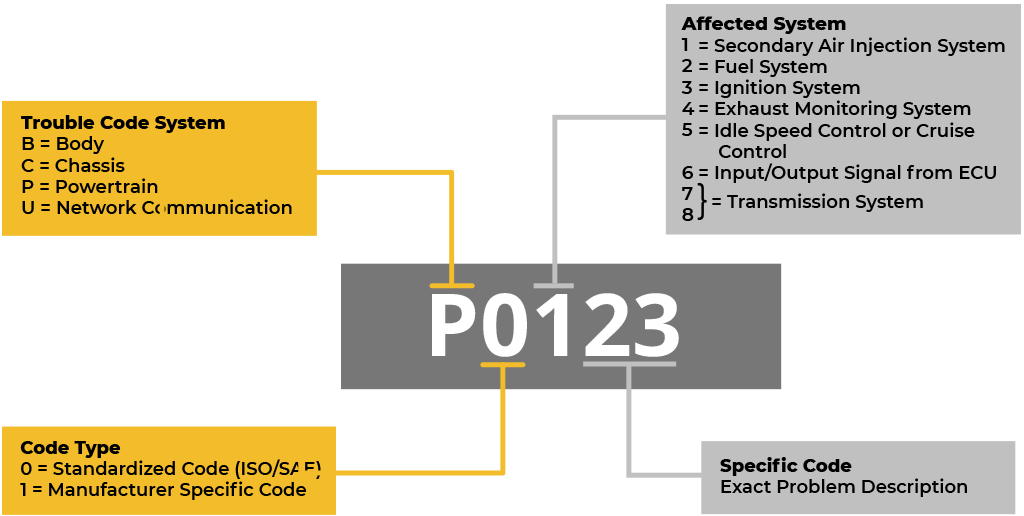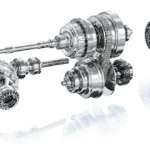Introduction
When it comes to diagnosing and troubleshooting issues with your Subaru vehicle, understanding the On-Board Diagnostics (OBD) system is crucial. The OBD system helps to identify and report any potential problems within the vehicle’s various systems, including the engine, transmission, and emissions.
What are OBD-II Trouble Codes?
OBD-II Trouble Codes are standardized diagnostic codes that are used by vehicles equipped with OBD-II systems to indicate specific problems or malfunctions. These codes provide technicians and vehicle owners with valuable information about the nature of the issue, making it easier to identify and fix the problem.
Subaru OBD-II Trouble Code P0C00
One of the OBD-II trouble codes specific to Subaru vehicles is the P0C00 code. This code indicates a problem with the hybrid battery system in Subaru hybrid vehicles. It typically points to an issue with the battery control module or the high-voltage battery itself.
When the P0C00 code is triggered, it is important to have the vehicle inspected by a qualified Subaru technician. They will use specialized diagnostic tools to further investigate the issue and determine the appropriate course of action.
Common Symptoms of the P0C00 Code
Here are some common symptoms that may indicate the presence of the P0C00 trouble code:
- Malfunction indicator lamp (MIL) or check engine light illuminates
- Hybrid system warning light comes on
- Reduced hybrid system performance
- Decreased fuel efficiency
If you experience any of these symptoms, it is recommended to have your vehicle inspected by a Subaru technician as soon as possible to prevent further damage or potential safety hazards.
Diagnosing and Fixing the P0C00 Code
Diagnosing and fixing the P0C00 code requires specialized knowledge and equipment. Here is a general outline of the steps involved:
- Retrieve the trouble code: A Subaru technician will use an OBD-II scanner to retrieve the specific trouble code (P0C00) and any accompanying codes.
- Inspect the hybrid battery system: The technician will visually inspect the hybrid battery system, checking for any visible signs of damage or corrosion.
- Test the battery control module: Using specialized diagnostic tools, the technician will test the battery control module to determine if it is functioning properly.
- Test the high-voltage battery: The high-voltage battery will be tested to ensure it is delivering the correct voltage and functioning as intended.
- Repair or replace faulty components: If any issues are identified during the diagnostic process, the technician will repair or replace the faulty components as necessary.
- Clear the trouble code: Once the repairs are complete, the technician will clear the trouble code from the OBD-II system using the diagnostic tool.
It is important to note that the above steps are a general guideline and the actual diagnostic and repair process may vary depending on the specific Subaru model and the nature of the issue.
Conclusion
Understanding OBD-II trouble codes, such as the Subaru-specific P0C00 code, can help vehicle owners and technicians identify and resolve issues with their Subaru hybrid vehicles. If you encounter any symptoms or suspect a problem with your hybrid battery system, it is recommended to seek professional assistance from a qualified Subaru technician to ensure a proper diagnosis and repair.



